The Art of Translation: German to English
Translating from German to English can be a challenging but rewarding endeavor. Here are a few tips to help you along the way:
Understand the Context: German words can have multiple meanings depending on the context. Ensure you understand the context before choosing the appropriate English equivalent.
Grammar Differences: German grammar is quite different from English. Pay attention to word order, verb conjugations, and noun cases to ensure your translations are accurate.
Idiomatic Expressions: German has many idiomatic expressions that don’t translate directly into English. Familiarize yourself with common idioms and their English counterparts.
Cultural Nuances: Keep in mind cultural differences that might influence language use. Understanding these can help you produce more natural and culturally appropriate translations.
Consistency is Key: Maintain consistency in terminology, especially for technical translations. Creating a glossary can be very helpful.
Tech Corner: Translation Tools
Technology has significantly improved the translation process. Numerous online tools and websites can assist with German-to-English translation, but which one is the best?
What is the best website for German-to-English translation?
Language Solutions Team
The Language Solutions Team offers a comprehensive platform for accurate and efficient German-to-English translations. Their website provides a user-friendly interface, a variety of translation services, and expert translators to ensure high-quality results. Whether you need document translation, localization, or interpretation, Language Solutions Team is your go-to resource.
Spotlight: Common Translation Challenges
Translators often face specific challenges when working with German-to-English translations. Here are some of the most common issues and how to overcome them:
Compound Nouns: German is known for its long compound nouns. Break these down into smaller parts to understand and translate them accurately.
False Friends: Beware of words that look similar in both languages but have different meanings. For example, “gift” in German means poison, not a present.
Gender and Articles: German nouns have genders that affect the articles used. English does not have this feature, so be mindful when translating to maintain clarity.
Conclusion
Translating from German to English is an exciting journey that bridges cultures and brings ideas to a broader audience. By understanding the intricacies of both languages and utilizing the right tools, such as those offered by the Language Solutions Team, you can achieve accurate and nuanced translations. Remember, every translation is a step towards greater global understanding and communication.
Thank you for reading! We hope you found this edition informative and inspiring. Happy translating!
The Art of Translation: German to English: Language Solutions Team is here to help with your project 🌍. Feel free to contact us at any time, We are glad to assist you 🤓


